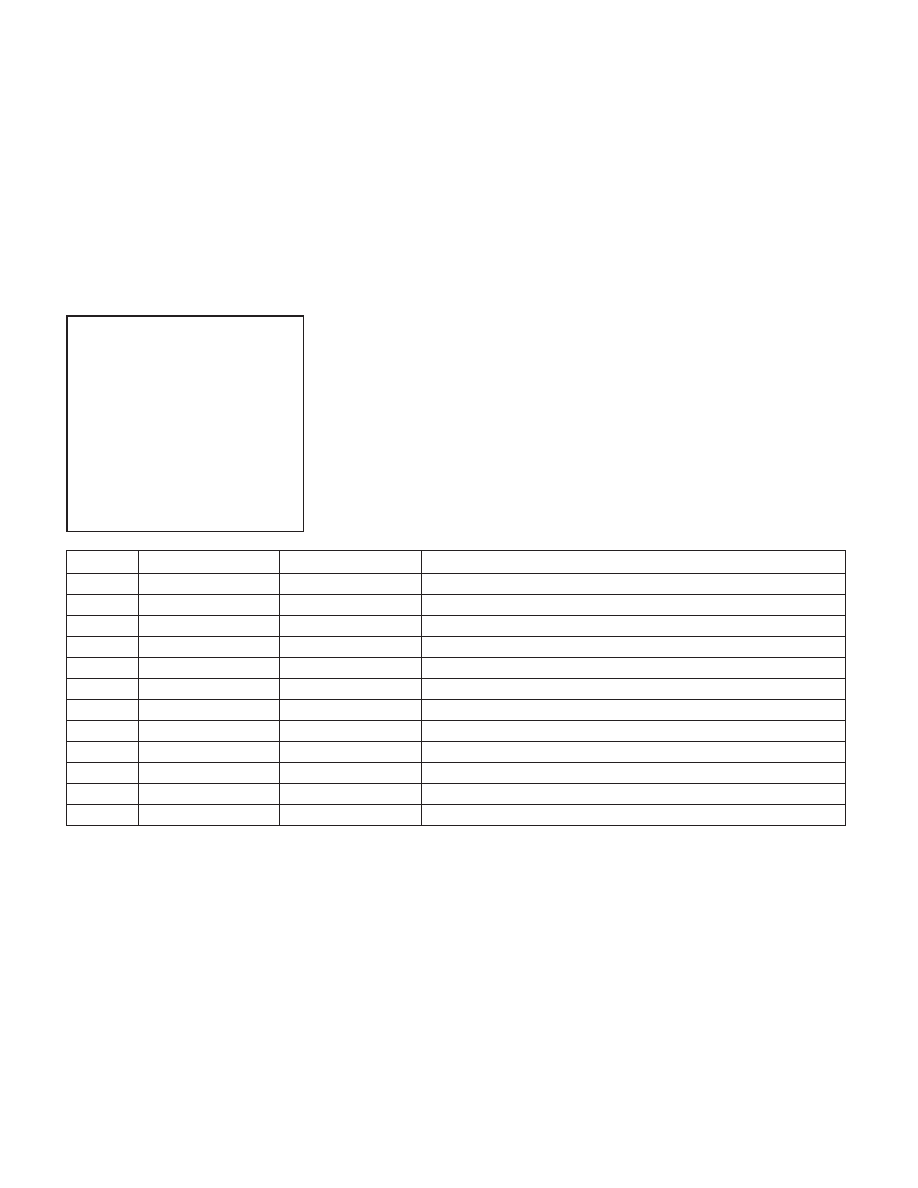Lancia THEMA. Service Manual - part 19

CAUTION!
(Continued)
• When replacing a blown fuse, it is
important to use only a fuse hav-
ing the correct amperage rating.
The use of a fuse with a rating
other than indicated may result in
a dangerous electrical system
overload. If a properly rated fuse
continues to blow, it indicates a
problem in the circuit that must
be corrected.
Cavity
Cartridge Fuse
Mini-Fuse
Description
2
60 Amp Yellow
—
Front PDC Feed #1
3
—
—
Spare
4
60 Amp Yellow
—
Front PDC Feed #2
5
30 Amp Pink
—
Sunroof
6
40 Amp Green
—
Exterior Lighting #1
7
40 Amp Green
—
Exterior Lighting #2
8
30 Amp Pink
—
Interior Lighting/Washer Pump
9
30 Amp Pink
—
Power Locks
10
30 Amp Pink
—
Driver Door
11
30 Amp Pink
—
Passenger Door
12
—
20 Amp Yellow
Selectable Power Outlet #1
15
40 Amp Green
—
HVAC Blower
293